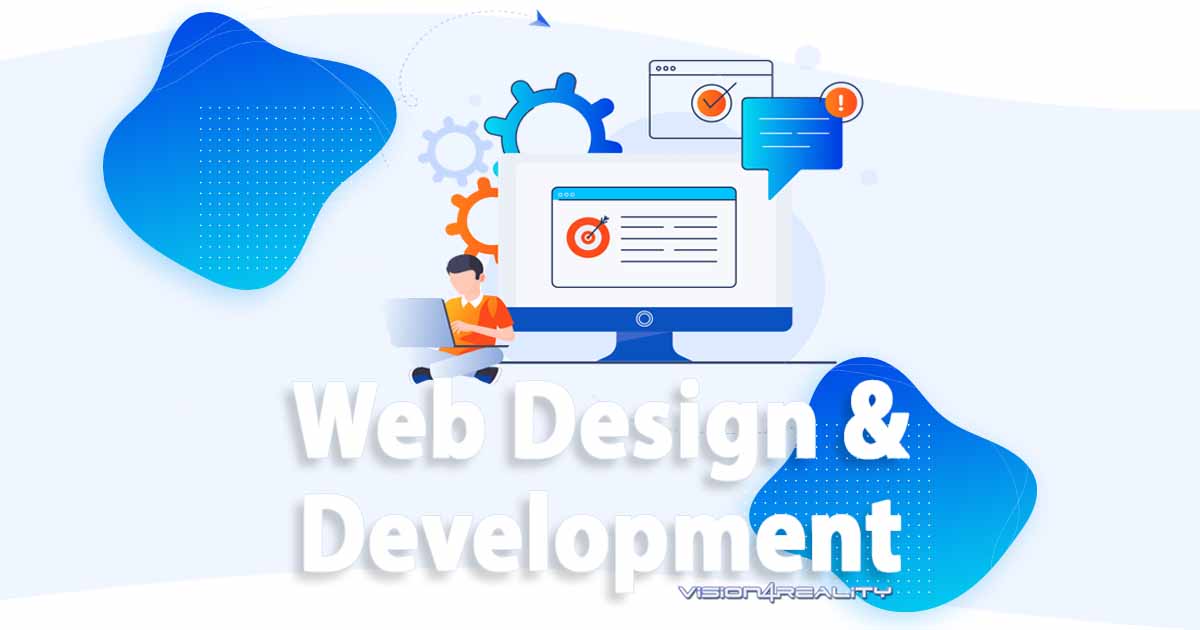In recent years, the digital realm has experienced a notable shift, influencing our perception of aesthetics in website design. As technology continues to advance, so do the approaches and tendencies that define the development of websites. This dynamic environment has encouraged designers and developers to reconsider their strategies, pushing the boundaries of creativity and functionality in creating user experiences.
Fresh trends are appearing that focus on simplicity, interactivity, and personalization, transforming our understanding of the appearance of modern websites. From clean designs that highlight clarity to engaging experiences driven by animations and micro-interactions, the focus is increasingly on the engagement of users with the content. In this article, we will discuss these fresh trends in the development of websites and web design, emphasizing how they illustrate the ongoing evolution of aesthetics in the digital world.
Latest Developments in Web Design
One of the most prominent trends in web design is the stress on simplicity. Streamlined layouts, ample white space, and a priority on essential elements create a user-friendly experience that allows visitors to move around easily. This trend matches the growing preference for efficient sites and simpler interfaces. Designers are now focusing on content over distractions, leading to greater readability and engagement.
Another major trend is the use of dramatic typography. AppWeb are moving away from traditional fonts and embracing distinctive typefaces that express the brand's personality. This shift not only grabs attention but also elevates the overall design of the site. By utilizing varying font sizes and weights along with clever placement, digital spaces are turning into more visually striking and memorable.
Additionally, the incorporation of immersive experiences through motion graphics and micro-interactions is on the rise. Websites are including subtle animations that enhance usability, such as buttons that change when hovered over or elements that interact to scrolling. These features not only make the user experience better but also add a lively element to web design, engaging users and keeping them on the site for extended durations.
Impact of User Engagement on Aesthetics
As web design develops, the focus on user experience has become paramount in influencing aesthetic trends. UI/UX designers now emphasize creating interfaces that are not only aesthetically pleasing but also user-friendly and efficient. This shift understands that a striking site must also provide a fluent and immersive navigation journey. Users today look for a site to be adaptive and effective, which drives web designers to create interfaces that support these needs while maintaining a memorable visual quality.
The incorporation of user-centered design principles has led to the rise of simplified design in web aesthetics. Cluttered interfaces are being replaced by sleek lines, ample white space, and easy navigation. This minimalist approach not only enhances usability but also facilitates greater attention on key content, enhancing user engagement. By coordinating aesthetic choices with user preferences and preferences, developers can create an space that fosters satisfaction.
In addition, the incorporation of interactive features is reshaping how aesthetics are viewed in web design. Engaging animations and dynamic content provide an deep experience that engages users, prompting them to explore. This shift highlights a crucial point of modern design: visual appeal are not just about looks but also about how users interact with a site. By balancing visual elements with interactive features, developers are not only enhancing the aesthetic appeal but also profoundly impacting the overall user interaction.
Future Directions in Web Development

As we venture into the coming years, web development is set to become more seamless than ever and woven into our daily routines. The emergence of machine intelligence and smart algorithms is changing how programmers approach the design of websites. These technologies allow for highly tailored user experiences, where sites can adapt to individual preferences and behaviors on the fly. This move towards personalized content not only boosts user engagement but also drives conversions, making it crucial for businesses to remain competitive.
Furthermore, the transition to serverless architecture is rapidly growing, streamlining the deployment procedure for web applications. By allowing developers to focus on coding free from managing servers, this approach enables more rapid development cycles and enhances scalability. As businesses increasingly demand agility and responsiveness, serverless computing is emerging as a preferred solution, paving the way for faster and more agile web development strategies in the future.
Furthermore, eco-friendliness and eco-friendly web design are emerging as important trends. As awareness grows of environmental issues, developers are seeking ways to create websites that are energy-efficient that minimize carbon footprints. This includes optimizing site performance, lowering resource consumption, and utilizing sustainable hosting options. As the push for sustainability continues, web developers will be integral in shaping a more eco-conscious digital landscape.
